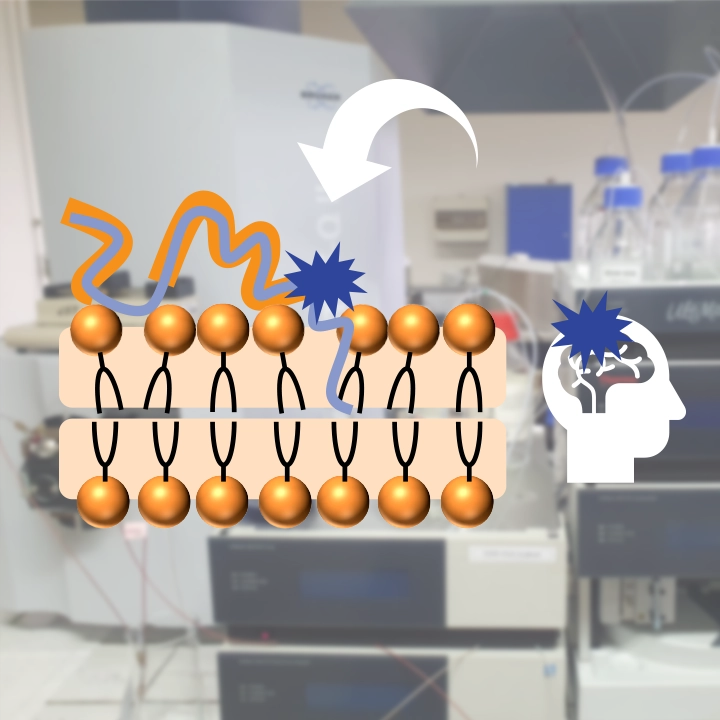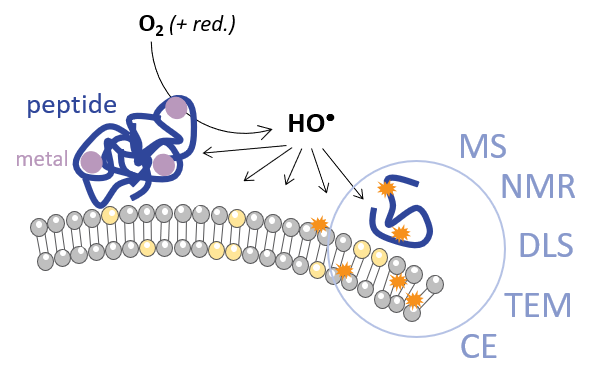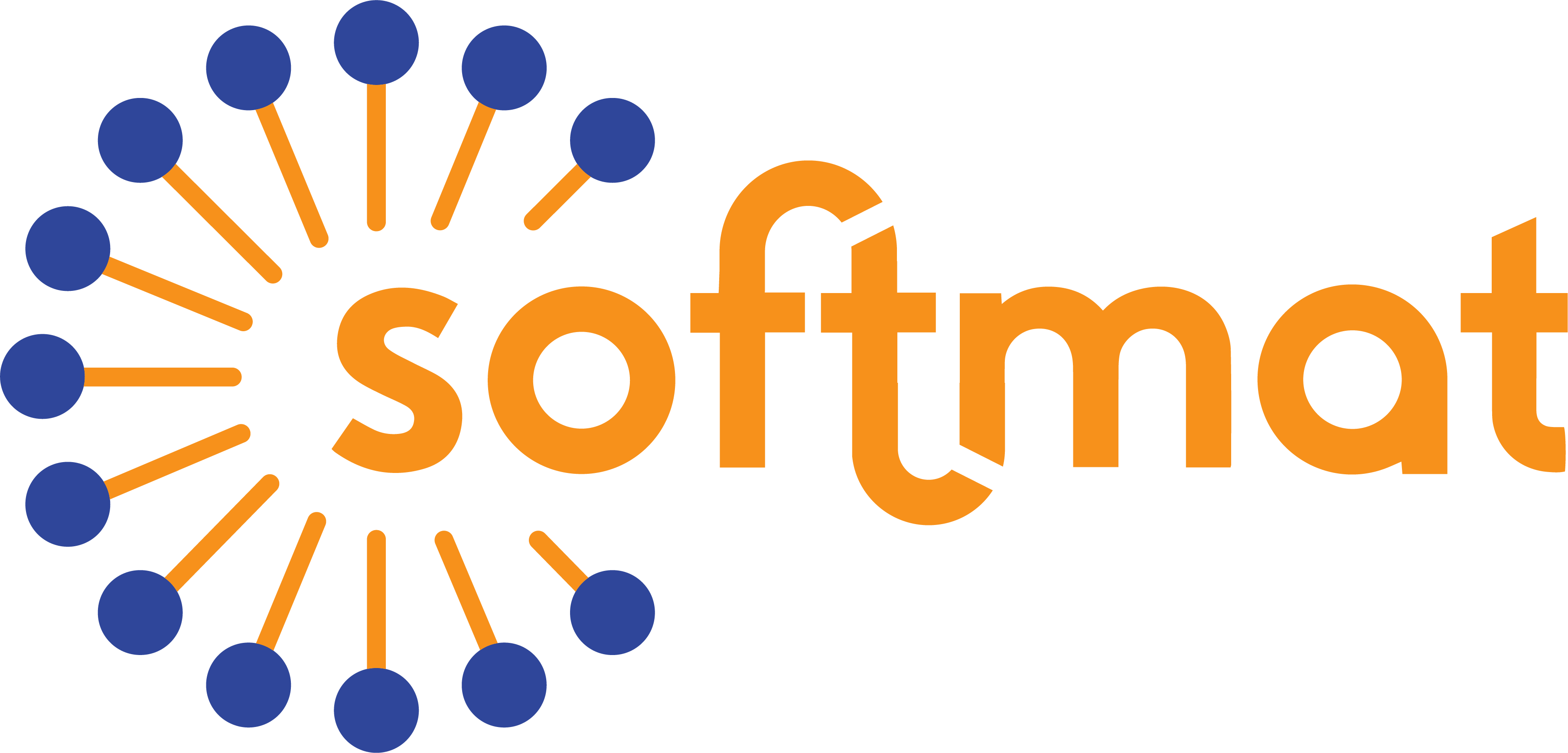
Analytical tools applied to oxidation phenomenon & to metabolism
The analytical tools we use are primarily based on mass spectrometry (MS) and nuclear magnetic resonance (NMR).
Firstly, they help to characterise systems, at the chemistry-biology interface, subjected to the action of reactive oxygen species, such as peptides (amyloid beta, amylin, etc.) and lipids (fatty acids, phospholipids, etc.).
Secondly, NMR metabolomic analysis are developed on biological tissue samples (brains, livers, kidneys, etc.), in connection with pathologies or specific conditions (hypophosphatasia, inflammation, oxidative stress, etc.).
Finally, capillary electrophoresis approaches are dedicated to the development of analytical methodologies adapted to very small sample sizes.





